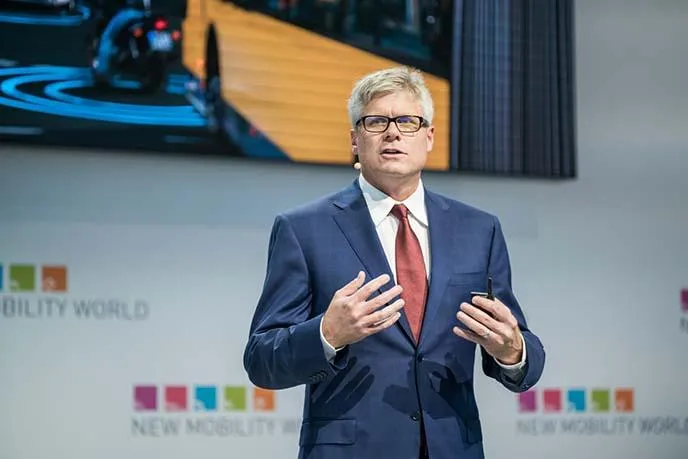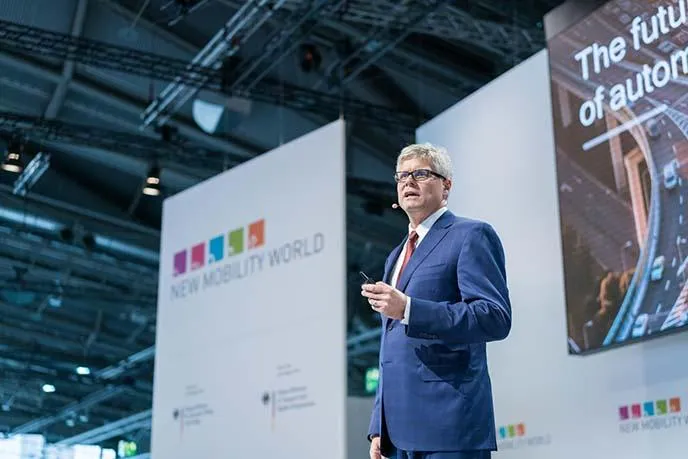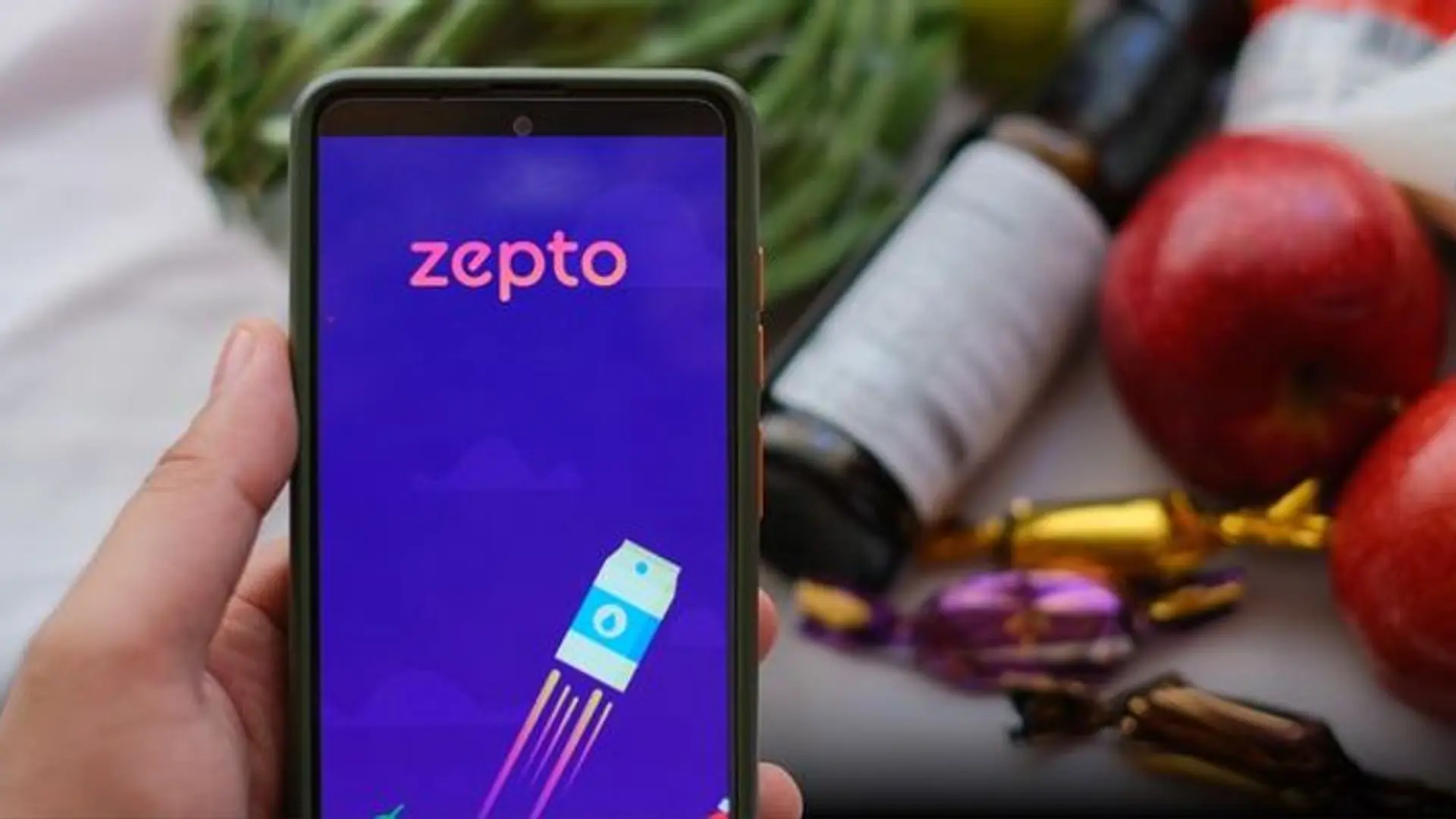CEO Steve Mollenkopf discusses the road to 5G at 2017 International Motor Show Germany
Connectivity within and between vehicles and their environments will transform the way we travel, Qualcomm CEO Steve Mollenkopf emphasized in his New Mobility World keynote at this year’s International Motor Show in Frankfurt, Germany. A key element will be the next generation of connectivity, 5G, which will provide a platform for innovation across the entire automotive ecosystem, leading to a more efficient, productive, and enjoyable ride.
In his speech, Mollenkopf cited the IHS 5G economic impact study, noting that 5G is expected to enable over $2.4 trillion in economic output across the automotive sector, its supply chain, and its customers by 2035. New opportunities for services, devices, and user experiences are made possible by enhancements in data throughput, reliability, latency, and security, which will all contribute to a safer, more secure and autonomous future. And Qualcomm is leading the way by providing technologies that automakers will need to break new ground.
Here’s more of what Mollenkopf touched upon in his keynote
Integrating connectivity and intelligence into vehicles will change the way drivers — and soon, the vehicles themselves — get from point A to point B. And we’re already on our way: According to a study conducted by Strategy Analytics, over two-thirds of vehicles are projected to ship with cellular connectivity by 2022 (Strategy Analytics, April 2017).
Mollenkopf detailed how the path to 5G, will play an essential role in the adoption of cellular ”vehicle to everything” communication, or cellular V2X (C-V2X). This technology will support vehicle-to-vehicle, vehicle-to-infrastructure, vehicle-to-network, and vehicle-to-pedestrian communication. Connected vehicles will be able to “talk” to each other and beyond, meaning everything from traffic signals to pedestrians to networks for real-time traffic updates. For example, if a driver’s line of sight is obstructed by a large truck in front of it, other vehicles ahead of the truck could alert the driver of upcoming traffic congestion, enhancing the driver’s ability to “see” farther down the road. In the future, autonomous vehicles would simply notify approaching vehicles of traffic congestion and those vehicles would slow down.
International testing for these communications has already commenced. Tier-1 auto supplier Continental just announced its plans to use the Qualcomm 9150 C-V2Xchipset to enable C-V2X field trials in select regions around the world.

The benefits of Gigabit LTE and 5G technologies will extend beyond safety. Mollenkopf talked about how the in-vehicle experience will become more personal, productive, and enjoyable, with Qualcomm actively involved in this transformation. Twelve of the top global automaker brands have already selected Snapdragon automotive platforms for infotainment. 5G and Gigabit LTE will provide the fiber-like connectivity we’ve come to expect everywhere for things like multimedia streaming, on-the-go productivity, next-level navigation, surround-view parking assistance, and hands-free commands via voice recognition.
As connectivity and onboard intelligence continue to evolve in the automotive space, vehicles are gaining the technology they need to become fully autonomous. Data from cameras and other sensors will be fused with V2X data, providing safer and improved autonomous operation.
3D HD maps are an example. When combined with precise positioning, they’ll be essential for safe navigation through changing environments.
With the larger bandwidth and lower latency of 5G, vehicles with the Qualcomm Drive Data Platform, which intelligently collects, analyzes, and shares data from a variety of vehicle sensors, will be able to get real-time, crowdsourced updates about their surroundings.

For 5G to have the impact on the automotive industry that’s predicted, everyone from carmakers to software and cloud computing companies will need to work together to deliver safe, secure mobility. To that end, Mollenkopf spoke of the company’s proposed acquisition of NXP. The deal brings together two industry leaders with long histories of technology innovation and expertise, delivering leading solutions to a global customer base. Our platforms will integrate every aspect of the vehicle experience while providing seamless interoperability with the supporting networks and systems for intelligent, connected cars.
Together we’ll provide the foundational computing and connectivity technologies that will help drive the future for automotive. And we couldn’t be more excited to see what lies on the road ahead.
Authored by The OnQ Team







